In an earlier post, I shared a translation of Christophe Verbruggen’s article, ‘De kronkelige paden van Gerard Ceunis’ (‘The winding paths of Gerard Ceunis’), which provided, among other things, an overview of Ceunis’ involvement, as a young man, in the literary and artistic movements in his home city of Ghent in the early years of the last century. Perhaps Ceunis’ most notable cultural achievement during these years, when he was still in his early twenties, was co-founding the short-lived literary magazine Iris. I’ve now found another publication by Professor Verbruggen, a book-length socio-cultural history of Writing in the Belgian Belle Époque (downloadable via the internet), which includes a detailed analysis of the rise and fall of literary magazines of the period, including Iris.
For this post, I’ve translated the extracts that make reference to Ceunis’ contribution (I’ve emboldened his name wherever it occurs for ease of reference). The links, illustrations and end notes were added by me. Further information about, and photographs of, some of the people mentioned here were included in the earlier post mentioned above. As before, I apologise for any errors or infelicities arising from my heavy dependence on Google Translate.

After discussing a rival magazine, Nieuw Leven [New Life], Verbruggen turns his attention to Iris:
Iris emerged from the same Ghent environment as Nieuw Leven and was the brainchild of Richard de Cneudt, Gerard Ceunis and Georges Papens (1883 -?). De Cneudt, a teacher, already enjoyed some prestige as a poet, but not very much. He enjoyed more success In the Netherlands than in Flanders. Although he had made a promising debut, for De Cneudt it was the first time that he been part of an editorial group on a magazine. In his case, the lack of recognition must be explained by reasons other than the age factor. Moreover, financial disputes that had nothing to do with his literary merits caused a break with his liberal friends. For De Cneudt, the ambitious Iris was a dream opportunity to polish his reputation in Flanders and acquire prestige. He was given responsibility for the literature section of the planned magazine and started hiring employees in November 1907. The other two initiators of Iris had an even more marginal position in the literary field than De Cneudt. Papens was a twenty-four-year-old office clerk who had taught himself sociology. His contemporary Ceunis had grown up in a world of printers and servants. He studied sculpture at the Ghent Academy and moved in intellectual circles. Before 1907 he had only published one poem, in the prominent magazine Vlaamsche Arbeid [Flemish Labour]. For him, setting up his own magazine was also the fastest way to gain prestige. Ceunis was very energetic. For example, his correspondence shows that the editorial secretary of Vlaamsche Arbeid, André de Ridder, was the only contact he managed to get for the delivery of literary work. De Cneudt was also unable to use his social capital to encourage authors to contribute. He turned to Baekelmans and the self-taught Gustaaf Vermeersch. To encourage Baekelmans to participate in the editorial team, he used the names of both Flemish and foreign scientists and visual artists who had already agreed to contribute. The substantial fee and the propose high-quality printing materials were also used to convince Baekelmans. In contrast to Van Hecke (Nieuw Leven), De Cneudt and Ceunis. Baekelmans did not try to persuade with substantive arguments. Ceunis was one of the great number of admirers of Emile Claus. The Luminist painter would have had few qualms about attaching his name and reputation to the magazine, without having to contribute much himself. He expressed his willingness to become a member of the editorial board, but he was not prepared for its testing times.
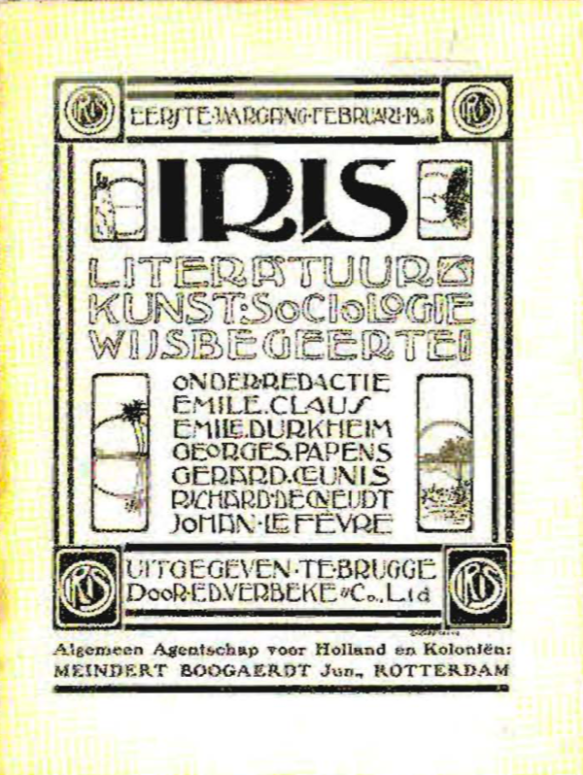
The renowned sociologist Emile Durkheim, who did not speak or read a word of Dutch, also joined the editorial board. It is unclear how the young men from Ghent might have persuaded him to do this. The only relationship between Durkheim and Ceunis that can be confirmed is that the latter belonged to the readership of La Revue Bleue, the French magazine in which Durkheim twice called on intellectuals to become socially engaged. Claus and Durkheim had a similar function among the editorial staff: by committing their names they gave the project prestige so that subscribers and employees could be brought on board. On one rare occasion Claus was described by De Bom as ‘editor of Iris’. Baekelmans was not able to immediately convince the list of potential employees and editors by using names like Claus and Durkheim. He reacted sceptically but with some interest to De Cneudt’s request. Because Vlaanderen [Flanders] was ‘inadequate’, Gustaaf Vermeersch had been thinking for months about setting up a magazine. He responded enthusiastically to the request for cooperation and was included in the editorial team. Vermeersch was guided in his choice of Iris by what he described as ‘big names’. Baekelmans refused to be part of the editorial staff because he preferred to live ‘quietly in a corner’. How this can be reconciled with his leading role in the authors’ association V V L is another question. The real reason was that Baekelmans did not want to associate his name with an uncertain project like Iris. For him, the need to commit was therefore much less compelling than for marginal writers such as De Cneudt and Ceunis. Baekelmans advised Vermeersch to attach his fate to the magazine only if he was sure that the magazine would survive one year. ‘Among us, after all, a failed attempt does not draw blood, and the one who held the child over the font only loses a little in the eyes of men.’ Baekelmans did understand the necessity of hitching an editor from Antwerp to Iris‘s cart. He knew a ‘young writer”’they could count on. He was thinking of Ary Delen. The only other advice Baekelmans gave concerned the maximum ‘fishing’ of subscribers in Ghent, Antwerp and Brussels: the cost price had to be reduced; the initiators would do well to discuss and reproduce the work of modern painters; sociology should not occupy too prominent a place and poetry should also be kept to a minimum if the plan was to reach a large number of readers. Even before the first issue of Iris was published, Vermeersch resigned from the editorial staff. He was replaced by the socialist teacher Johan Lefèvre (1881-1960).
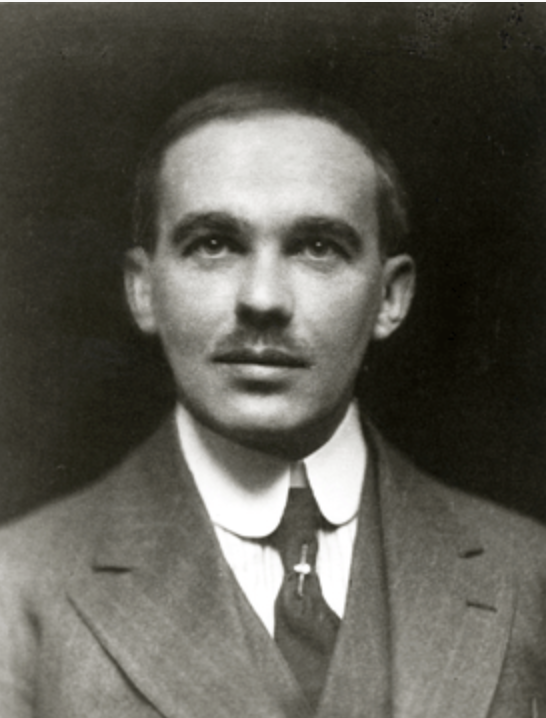
Gerard Ceunis in 1920
In the initial composition of the editorial board of Iris, we therefore observe the same strategies as in the case of Nieuw Leven. The initiators proceeded with varying success to look for employees with a certain reputation and without a ‘Ghent label’. Moreover, it is remarkable that in their search for employees for the literary section, De Cneudt and Ceunis explicitly included the names of visual artists and scientists, as well as those from academia. So the extent to which a general cultural magazine such as Iris was attractive to writers depended not only on the writers associated with the magazine. The symbolic capital acquired outside the literary field, in this case the artistic and scientific fields, could be equally important for the ‘prises de position’ or for selections in the literary field. Once again, the literary is seen to be embedded in the broader intellectual field.
When Nieuw Leven was founded, there was a merger with another magazine. The first time this was discussed was with its fellow ‘townsman’ Iris. Herkenrath suggested merging the two publications under a different name. After a day of ‘squabbling’, Vermeersch was confident: ‘I think the two will merge! It would probably be called The Scheldt.’ The intended pluralism, and the maximum freedom and independence of Iris, was perfectly compatible with the individualistic cosmopolitanism of Nieuw Leven. There were no substantive objections to a merger. In addition, both magazines were angling for the cooperation of the same authors. Negotiations, however, started in poorly organised circumstances. For some months, Ceunis emphasised his own magazine plans, accentuating the difference from Nieuw Leven. When Van Hecke learned of this, he was irritated. It is undeniable that during the second week of January 1908 Ghent was the scene of backbiting, threats, negotiations and changing coalitions. Ceunis claimed that since he was ‘with a girl that V.H. also loved’, Van Hecke was angry with him [1]. Whether this statement is correct is irrelevant, although the triangular relationship can be confirmed. It is relevant that irrational and emotional factors that had nothing to do with the positions of the main actors, had an influence on the structure of the field. The further evolution of the editorial composition of Nieuw Leven was largely determined by clashing personalities and characters. The conflicts with Van Hecke ensured that less than a year after the editorial team’s extension to include Antwerp writers, the editorial staff once again became exclusively focused on Ghent. The publisher Herckenrath and Firmin van Hecke took the places of Delen and Vermeersch. Observers believed that Herckenrath in particular was an asset: ‘glad that Nieuw Leven has Herckenrath; he, a friend of Van de Woestijne and others, will make a good contribution. In any case, it remains a very young and headstrong creature at this stage.’ Ultimately, Nieuw Leven won the battle. Iris ceased to exist after a few months.

Paul Gustave Van Hecke by Henri Ramah (1920), via en.wikipedia.org
The further composition of the editorial staff of Nieuw Leven also became the subject of discussion and scheming. In July 1909, another ambitious young man presented himself to join the editorial board: André de Ridder. Before inviting him to a drafting meeting for the first time, Van Hecke wanted to get acquainted with him. In his early twenties, De Ridder already had quite a few publications to his name by 1909, including the study cited above that appeared in La Revue Générale. A new initiative to achieve ‘both a broader and more tight-knit grouping’ independently of Nieuw Leven would later result in the founding of De Boomgaard [The Orchard]. In the course of 1909 Van Hecke had treated Nieuw Leven in a stepmotherly fashion. The magazine had not lived up to expectations and had not accelerated his writing career. During that period, he hesitated between writing and an acting career, a turning point that I already cited as an illustration how difficult it is to determine whether or not an author ‘lived’ from or for literature. At the end of May 1909, Van Hecke finally opted for a career in literature, but in the meantime he had lost his grip on Nieuw Leven. Herckenrath determined the magazine’s course. ‘Guys like De Cneudt and Kenis’ got a forum, while there was no room for him in his ‘own Nieuw Leven’. When he learned that De Ridder was interested in making the switch to Nieuw Leven, this was a dream opportunity to reduce Herkenrath’s position as a publisher.

In the spring of 1909, Ceunis also received a letter from De Ridder asking whether he was interested in a ‘both broader and more tight-knit group’. Iris‘ demise had once again reduced Ceunis to the status of a marginalised writer. He did everything he could to be included in the editorial team of De Boomgaard. De Ridder made an attempt to reconcile the two circles and in the first composition of the editorial team of De Boomgaard we find the names of both Ceunis and Van Hecke back together. Although he initially agreed to the inclusion of Ceunis, Van Hecke changed his mind. Ceunis was not the only one who was excluded from the De Boomgaard project by personal conflicts with Van Hecke. Van Hecke also vetoed Herckenrath. Karel van de Woestijne voluntarily dropped out when Van Hecke showed just a little too much interest in his wife. Even before the first issue of De Boomgaard appeared, a new attempt was made to merge with Nieuw Leven. This time Kimpe was the bridge builder, but again the initiative fizzled out. De Boomgaard first appeared in November 1909. When it became clear in January 1910 that it was not easy to financially maintain a magazine like De Boomgaard, De Ridder was prepared to respond to Herckenrath’s demands. Such negotiations indicate that De Boomgaard was also looking for a place in the dominant centre of the magazine field, a place occupied until 1907 by the anthology magazine Vlaanderen. Herckenrath refused the merger: ‘I am sorry for you, but it is too late, Nieuw Leven is attracting sympathy, a key component for financial investment and literary as well as scientific cooperation is assured. What more do you want?’ Herckenrath was very optimistic, because a few months later negotiations were reopened to merge Nieuw Leven with another magazine. Herckenrath started discussions with the editors of both the Catholic Vlaamsche Arbeid and Ontwaking [Awakening]. Eventually Ontwaking became the marriage partner, after which several Catholic employees and subscribers dropped out because they did not want to be associated with an ‘anarcho-socialist’ magazine. The merged magazines Ontwaking and Nieuw Leven, which once again aimed to join together ‘all independent forces’, only managed to sing three duets together. The curtain fell on Nieuw Leven.
Neither Iris nor Nieuw Leven is recorded as a landmark in Flemish literary history. This is difficult to reconcile with the central position demonstrated by a quantitative network analysis. This also applies to a magazine like La Belgique Artistique et Littéraire. Literary historians are less interested in magazines that were in the centre or had anthological aspects. Their focus is more on ephemeral magazines that foreshadowed or embody aesthetic renewal. In terms of content, Nieuw Leven brought a synthesis, something accomplished by almost all magazines with anthological aspirations. The editors of Nieuw Leven and Iris were part of what Bourdieu described as the ‘core’ of a magazine. Obviously, this group was not pre-constituted. The ‘core’ is a dynamic fact that is subject to change, expansion and contraction. The initial core members had similar ambitions, more or less the same social background and a comparable field position. Only a different interpretation is necessary here. After all, there is also a question of rational banking in symbolic and social capital. Describing this as ‘cynical’ implies a value judgment because the conscious character of artistic-literary decisions conflicts with the romantic view of the genius of the artist.

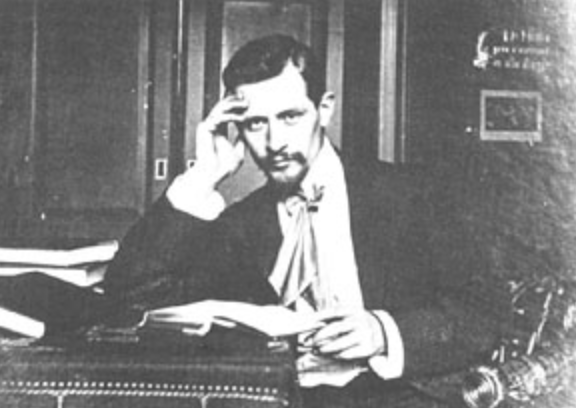

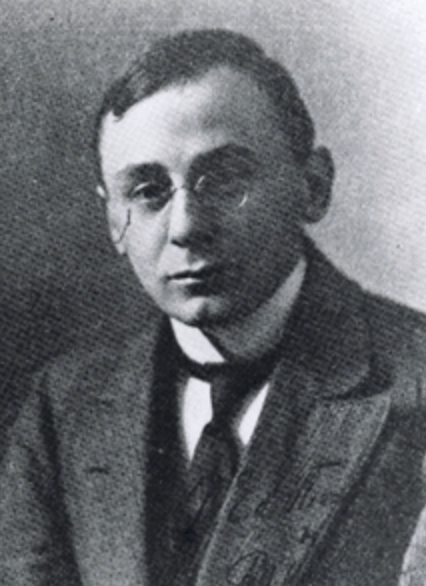
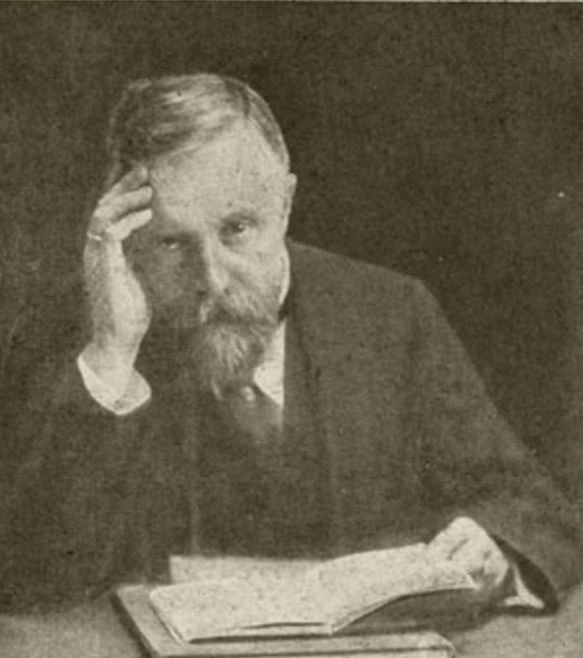
Marie Metz-Koning, Daan van der Zee, Isräel Querido, Pieter Nicolaas van Eyck and Joannes Reddingius were among the writers published in the short-lived Iris
The central position of Nieuw Leven had a lot to do with the calculated way in which employees were sought. In addition to the inclusion of editorial responsibility, writing contributions are a second evident factor in the formation of a magazine network. Delivering articles to a particular magazine implies a well-considered ‘prize position’ in the literary field. Partly on the basis of the surviving correspondence, I want to answer the questions of who contributed to Iris and Nieuw Leven and how they were persuade to cooperate. An analysis of Iris‘ workforce is not straightforward, because the magazine only existed for seven months. Not even half of what was announced in the prospectus as received and accepted copies was eventually published. Did the printed list of employees fit into a promotion strategy that did not shun any rejections? Also at the launch of the merged magazine Ontwaking en Nieuw Leven, a list was published in 1910 of all employees who had ever published in Nieuw Leven or Ontwaking. René Verdeyen could not laugh this off just because he was unable to support the idea of a merged magazine. Among the individuals whose contributions were actually included in Iris, the relatively large number of Dutch writers is striking: Marie Metz-Koning (1864-1927); Daan van der Zee (1870-1969), pioneer of Christian socialism; the socialist author Israël Querido (1872-1939); Krede Ben Heik; and finally those who would later be employees of De Boomgaard, Pieter Nicolaas van Eyck (1887-1954) and Joannes Reddingius (1873-1944). It is also important to know that in addition to De Vlaamse Gids [The Flemish Guide] of 1908, Iris was one of the few Flemish magazines that, in common with most Dutch magazines, promised to pay a fee. Whether that actually happened is doubtful, but the promise will certainly have convinced several authors to submit a contribution. If Iris wanted to realise its ambition to join together youthful forces in Flanders and the Netherlands, then the editors had no choice but to make great efforts to attract Dutch writers.
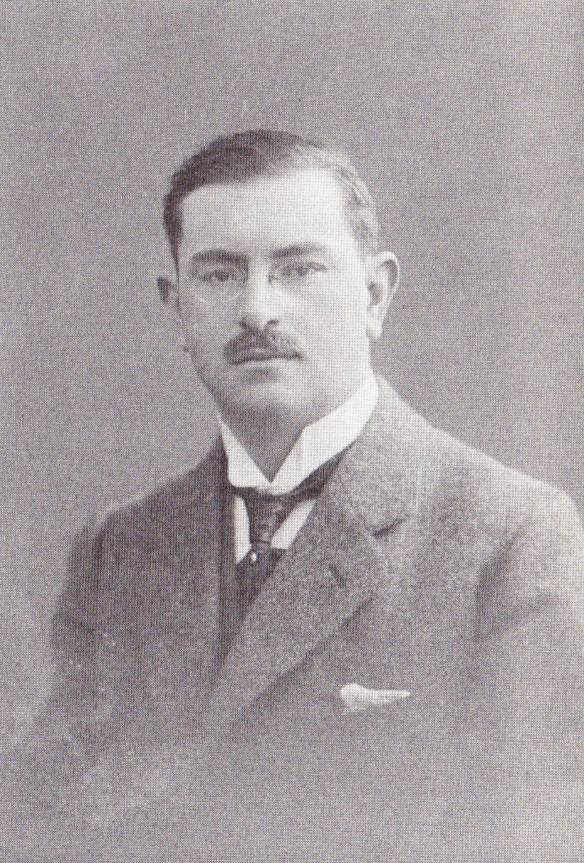
André de Ridder
Only the arguments used to persuade André de Ridder to write contributions for Iris have been preserved. Ceunis promised him a fee and pointed out employees who had already pledged, especially former contributors from Vlaanderen. His contribution could ‘naturally’ not appear in the first issue, which ‘privilege’ was reserved for the editors Querido, Metz-Koning, De Clercq and Lambrechts. These authors apparently rated Ceunis more highly and he assumed that De Ridder was of the same opinion. It immediately becomes clear which function the editors were assigned in the magazine. Ceunis was clearly interested in the names and the associated prestige. The question of whether the content was compatible with other contributions and fulfilled a quality criterion was clearly not important, since he had not yet seen the promised poetry and prose. In the turmoil surrounding the merger between Nieuw Leven and Iris, De Ridder’s contribution was announced in both magazines, which of course had not escaped the notice of both editors. De Ridder was not the only one who published in both Nieuw Leven and Iris. Only between the two ‘cores’ was the water much too deep for this to happen. Unlike the authors, who lacked these ties, members of the editorial staff identified with one journal or the other. Iris not only discussed visual art, but also included at least one drawing in each issue. Artists from Ghent stand out among the visual artists who cooperated. In any case, most of Iris‘ Flemish employees either had an emotional connection with at least one member of the editorial staff, or they frequented the same activities in Ghent.

Felix Timmermans
Nieuw Leven could count on a much broader core of authors. Between 1907 and 1910, 47 different authors contributed. The third volume was undoubtedly the most successful with 31 authors. This was the result of a well-thought-out operation to broaden the scope, aiming for a mix of up-and-coming talent and established names who had written for Vlaanderen. A good example of how authors came to contribute to a magazine is the story of the publication in 1909 of a poem by Felix Timmermans. The youthful Timmermans was brought in by someone who was not yet in the editorial team at the time, but who had the ambition to raise his profile on the Ghent cultural scene: Frans Thiry (1861-1929). Through his son Antoon, Thiry met Timmermans in the circles around the Rijksnormaalschool in Lier. He had already played a role in Timmermans’ first publication in Vlaamssche Arbeid. After moving to Ghent, Thiry quickly managed to establish friendships with Kenis, Herckenrath and Kimpe. The writers he brought to both Nieuw Leven and Vlaamsche Arbeid say a lot about the way in which a magazine’s body of authors was compiled. The ideological or content profile of a magazine prevented very few from contributing.
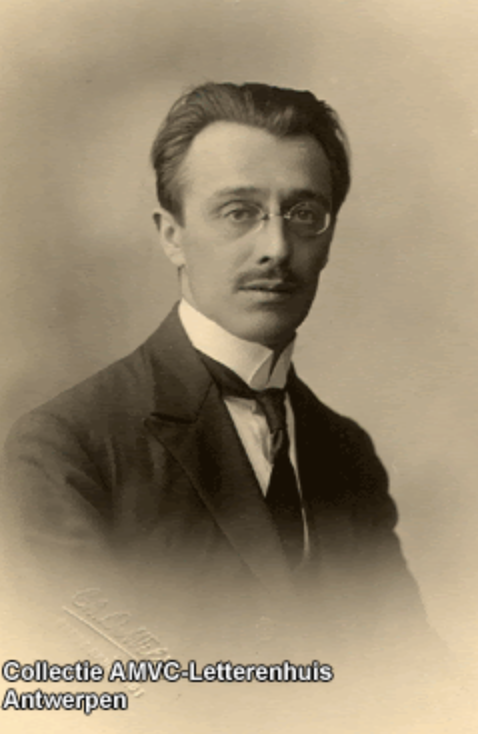
Paul Kenis
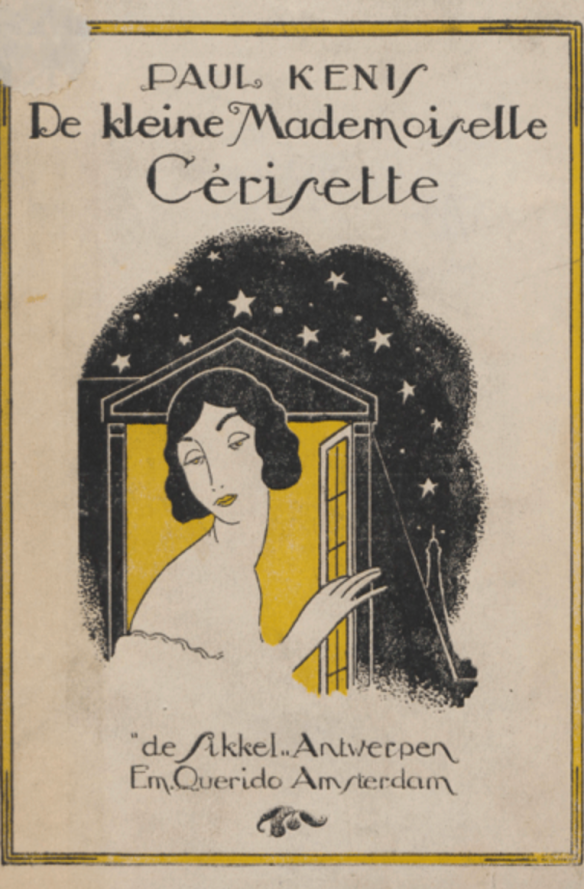
After the merger between Nieuw Leven and Ontwaking, Thiry succeeded in getting freelance authors such as De Cneudt, Kenis and Herckenrath to write contributions for Vlaamsche Arbeid. At the time, however, the magazine’s Catholic profile had been intensified. When accepting offers, an emotional connection to an editorial staff member seems to have been more important than ideological or programmatic principles. For example, Kenis, whom Ceunis once claimed would commit murder to get a poem published, made compromises to please different friends. As a result, his contributions ended up in magazines that were ideologically far apart. Kenis expressed regret about the number of tensions that existed in the small literary world. He pleased Thiry, father and son, and Herckenrath with his publications in Vlaamsche Arbeid and Nieuw Leven respectively. To please De Ridder and Van Hecke, he became a member of the editorial staff of De Boomgaard. After he left De Boomgaard‘s editorial staff again in August 1910, it also became clear that he had no problem playing magazines off against each other. Magazines were also important because they announced book publications. When Kenis wanted to publish a first chapter in De Boomgaard in order to promote his autobiographical novel De kleine mademoiselle Cerisette, his proposal – perhaps out of resentment? – got a lukewarm reception from the other members of the editorial staff. ‘C’est à prendre ou à laisser’, he wrote to De Ridder. “Herckenrath [Nieuw Leven] as well as Van Den Oever [Vlaamsche Arbeid] would be happy to publish Cerisette on the same terms. And then the question of whether I should become an editor of Vlaamsche Arbeid […] I have reason to believe that I would also be welcome there, but you know how little of a Catholic I am.’ The Catholic Vlaamsche Arbeid was suitable for promoting his book, but joining the editorial team he regarded as a bridge too far. As already mentioned, Thiry made the switch from Nieuw Leven to Vlaamsche Arbeid. This was much more difficult for Kenis, because it entailed making a much stronger identification.
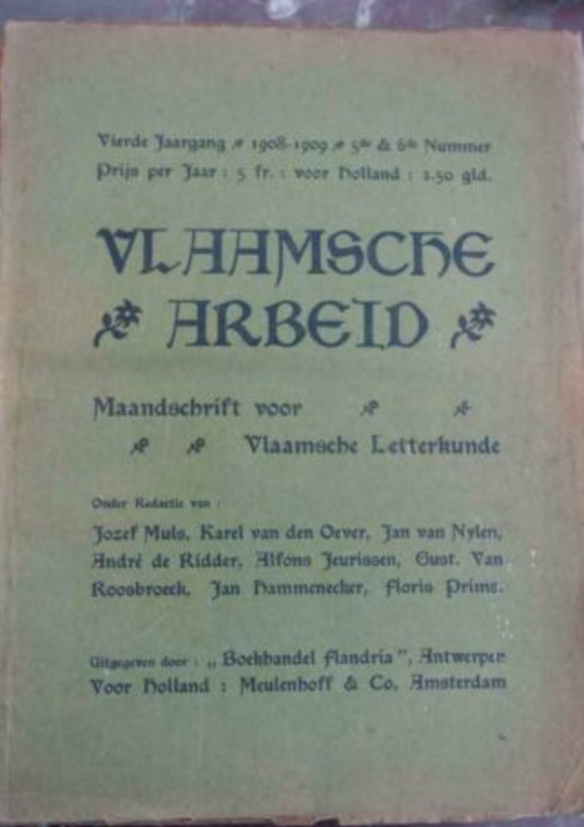
The Flemish magazine field after Van Nu en Straks is traditionally divided into the denominational tradition on the one hand and the liberal tradition on the other. Only the magazine Vlaanderen managed to be, in that two-stream world, above both traditions. In these literature histories, both Nieuw Leven and Iris are given the designation ‘liberal’. On the basis of the qualitative description and the quantitative network analysis, it has been demonstrated that this profile needs to be highly nuanced. If we look at the editorial composition, the employees and manifestos, we find that ‘liberal’ does not provide an adequate description. The editors of Nieuw Leven and especially Iris were deliberately composed heterogeneously in the hope of reaching the widest possible audience in the Netherlands and in the important Flemish cities. Literary prestige was also taken more into account than ideology when writing to potential authors. Observers did not miss this at the time either. When he took stock of the most important Flemish magazines after 1878 in 1910, Karel van den Oever, the Catholic manager of Vlaamsche Arbeid, did not have a good word for Iris.
‘There remains one more thing to say about the magazine Iris, which tried to mint new coins from the disappearance of Vlaanderen in such a perceptive way; the attractive publication was suspended after a short life of several months. Its emptiness, its distinctive ideal of art and the heteroclitic composition of its editorial team were largely to blame for this; its literary and social intent therefore proved to be unintentionally dilettante; in Flanders there was no enthusiasm.’
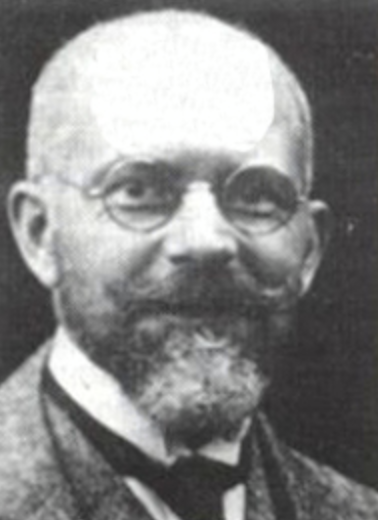
Karl van den Oever
It wasn’t only Van den Oever who was of this opinion. In the period in which De Ridder tried to transform the Catholic Vlaamsche Arbeid, Leo van Puyveld asked De Ridder to ensure that Vlaamsche Arbeid would preserve ‘its own character’: ‘A magazine must be the interpreter of a group, one has to know what is in it – at least here among Flemings. I don’t think that the water-and-milk-like Iris and Nieuw Leven will live long for that reason.’ These observers did not criticise the lack of a literary programme, but the magazine’s pluralistic direction. But for Van Hecke, an apolitical course was a basic reason for Nieuw Leven and an essential part of his conception of art:
‘Should I have the conviction that NL will fall after this year, I would immediately resign my editorship […] but a magazine can do a lot of good here and in my humble opinion there is only one that could group ALL forces and that is Nieuw Leven as our other magazines are either Catholic or anti-Catholic, two things that have nothing to do with art as such.’
[…]
The search for a publisher did not go smoothly for Iris. In November 1907, one month before the first issue was due to hit the presses, Iris still had no publisher. Negotiations were very difficult. If no solution was found, Ceunis was prepared to ‘exploit’ the magazine himself, Vermeersch wrote to Baekelmans. ‘He would be there with 300 subscribers, he says, he already has over fifty.’ Herckenrath, the only potentially interested Ghent publisher, was questioned by Ceunis and Vermeersch about his interest in the publication of Iris, but he kept them at arm’s length. The discussion mentioned above, about a merger between Nieuw Leven and Iris, was therefore prompted not only by the observation that both magazines pursued the same goal and fished in the same pond of employees, but also by economic necessity. In its first year of life, a literary magazine could not survive based on the number of subscriptions it sold (less than 70). However, the price was deliberately kept low to allow as many interested people as possible to follow ‘the young men’s movement’.
[…]
Iris had even more financial difficulties than Nieuw Leven. The Bruges printer Edouard Verbeke, manager of St. Catherine Press, expressed his willingness to publish the magazine in December 1907. The editors did not have to guarantee any losses, he would bear all the costs. Verbeke mainly saw himself as a printer of luxury and bibliophile editions. With Antée he had gained recognition as far away as Paris as an excellent and reliable publisher-printer. The ambitious Iris might be able to make breakthrough and deliver print orders in the Netherlands and Dutch-speaking Belgium. It was also the intention to start up a Dutch-language series, after the example of Antée’s series, in which Arthur Symons and André Gide, among others, published. So Iris was a great investment. Meindert Boogaerdt was asked to take on the role of Dutch co-publisher, but for Iris he only wanted to act as a literary agent. When it turned out that the number of subscribers was not growing fast enough, Verbeke started to doubt the success of the project and backed out. Despite the good promotion campaign, he also needed a minimum number of subscribers to make his investment profitable in the medium term. The magazine had sufficient staff and copy, but Iris soon ran into financial difficulties because the number of subscribers remained too limited. The project could not be kept afloat through self-financing either. Editor Emile Claus was the only one with enough capital to invest in the magazine, but apparently there were limits to his commitment. The respected Claus had more to gain than lose with Iris. After half a year Verbeke decided to cease publication. Given the growing interest (according to him, especially in the Netherlands), Ceunis hoped to be able to find another publisher, but to no avail. In retrospect Verbeke would write to Ceunis that the language of Iris was ‘too high and exalted’, so that only the ‘chosen Flemish family’ could understand the contributions. ‘The less enlightened people must also be able to understand […], many young Catholics did not want to subscribe because they did not understand it.’
[…]

For novice magazines, there was an additional difficulty. When Ceunis applied for a subsidy for Iris, he scored zero on the petition, because a magazine must have already published at least twelve issues before being eligible for support. Pluralistic magazines could not count on direct financial support from a single organisation either. We know from both Kenis and Van Hecke that they repeatedly made attempts in the turbulent years of 1907-1911 to obtain financial support from liberals and / or Catholics. Catholics already had Vlaamsche Arbeid and the Dietsche Warande, the liberals De Vlaamse Gids. There was little enthusiasm for youthful modernist initiatives such as Nieuw Leven and De Boomgaard. At one point, Kenis suggested that he and his friends should approach the socialists (see above). The apolitical profile of a magazine or author was also a handicap in the search for patrons. When the possibilities of a merger between De Boomgaard and Nieuw Leven were considered, Kenis questioned a number of ‘literary leaders’ about ‘a literary patronage’. It did not work: ‘the gentlemen here already have their Vlaamsche Gids’. He then suggested using a self-financing system. He was personally prepared to guarantee up to 100 francs.
[…]
With the microanalytical approach to the case of Nieuw Leven and Iris, I wanted to make clear that the young artistic-literary and intellectual context did not emerge as a single block. The city centre of Ghent was the stage for a complex tangle of intrigues that often determined artistic ‘prize de positions’. This of course had important repercussions on the formation of a network of authors. Someone like Gerard Ceunis knew very well that his position was marginal and that the creation of a magazine was the best and fastest way to gain fame. Both in the editorial work of Nieuw Leven and that of Iris, it was the marginal authors who put the most effort into trying to get the magazine projects on track. Authors could be marginal due to their youth, lack of talent, or conflicts unrelated to literary prestige. What brought authors together was affinity, what separated them was aversion. The conflicts between Van Hecke and other protagonists are one of the bright threads in the short history of Nieuw Leven.
Notes
- According to a note in Verbruggen’s book, the ‘triangular relationship’ between Gerard Ceunis, Paul-Gustave Van Hecke and Ceunis’ future wife Alice van Damme is ‘beautifully captured’ in Gerard’s and Alice’s diary entries from 1906. The reference in the text above to Van Hecke showing ‘just a little too much interest’ in the wife of the writer Karel van de Woestijne suggests that he may have made a habit of it.
